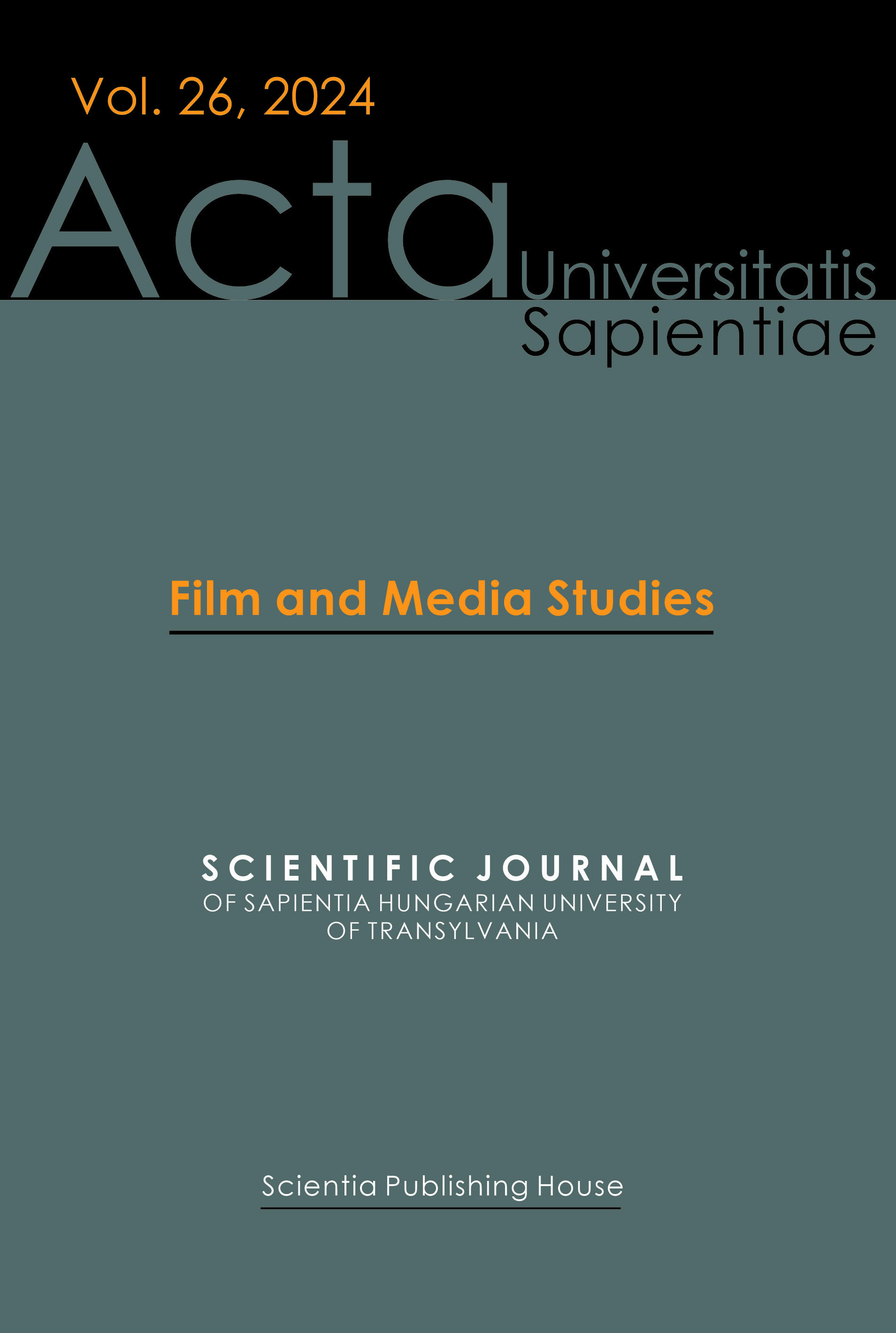Intermedial Practices as Reflections on Media and the Arts. What Do Kinema-Sketches Teach Us about Screenlife Movies?
Intermedial Practices as Reflections on Media and the Arts. What Do Kinema-Sketches Teach Us about Screenlife Movies?
Author(s): Izabella FüziSubject(s): Fine Arts / Performing Arts, Media studies
Published by: Scientia Kiadó
Keywords: intermediality; early cinema; live performance; kinema-sketch; screenlife;
Summary/Abstract: The article redefines intermediality not as a mere artistic or expressive tool but as a set of practices shaping our conceptualization of technology, media, and art. In this context, intermedial practices are crucial in the continuous process through which technologies can evolve into mediums and art forms. These practices facilitate the socially negotiated meanings and uses that elevate new technologies into recognized mediums and confer cultural prestige to art forms. Drawing on examples from mass cultural practices, the article explores the role of intermedial practice sin media debates. The kinema-sketch, a pivotal moment in the history of moving images in Hungary, illustrates the transition from early cinema to feature films. By integrating cinematic scenes into theatrical performances, the kinema-sketch contrasted the perception of moving images with the live performance alternating between screen and stage. A contemporary parallel is the screenlife (computer or desktop) film, which integrates digital media into the storytelling of traditional film genres, equating the cinematic space with the digital interface. Both examples highlight how intermedial practices challenge conventional notions of presence and reality in older media, foregrounding the mediated character of identities and agencies.
Journal: Acta Universitatis Sapientiae, Film and Media Studies
- Issue Year: 2024
- Issue No: 26
- Page Range: 47-67
- Page Count: 21
- Language: English

